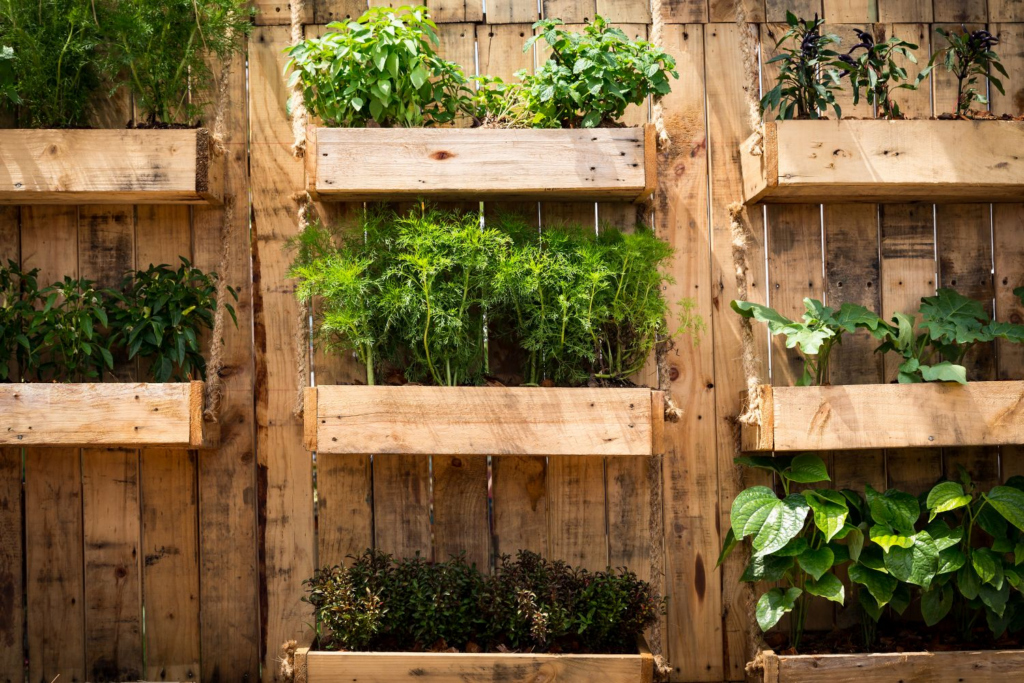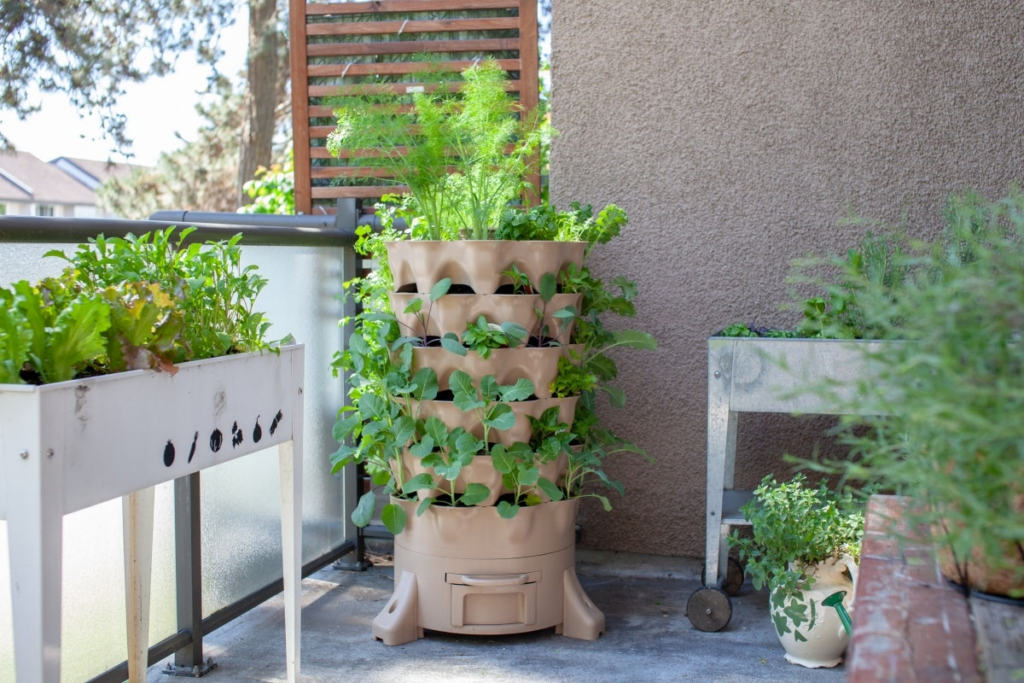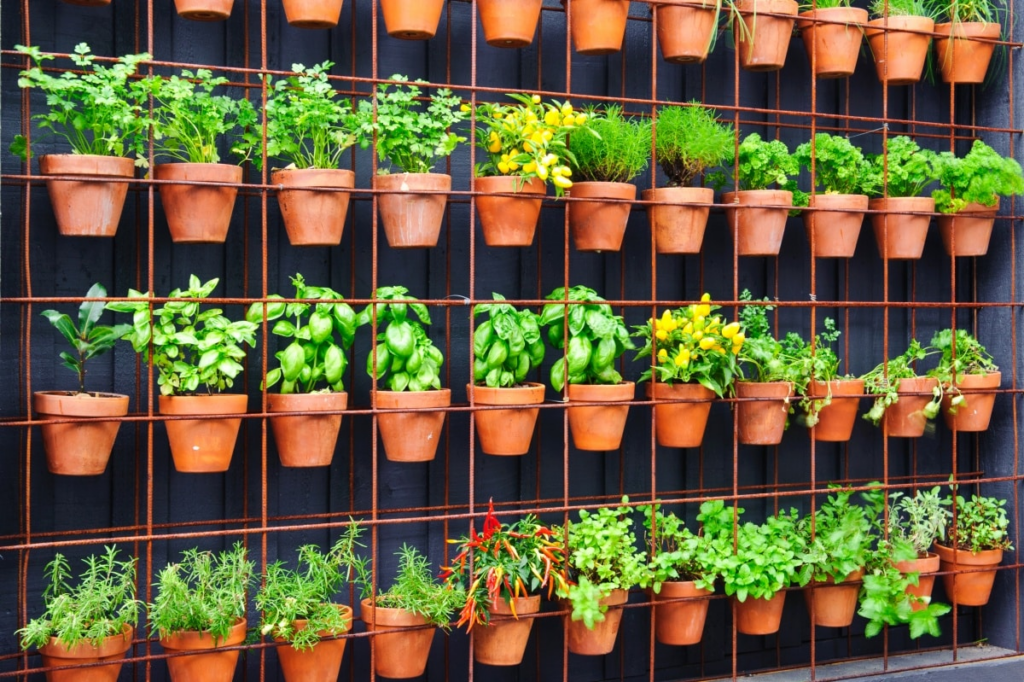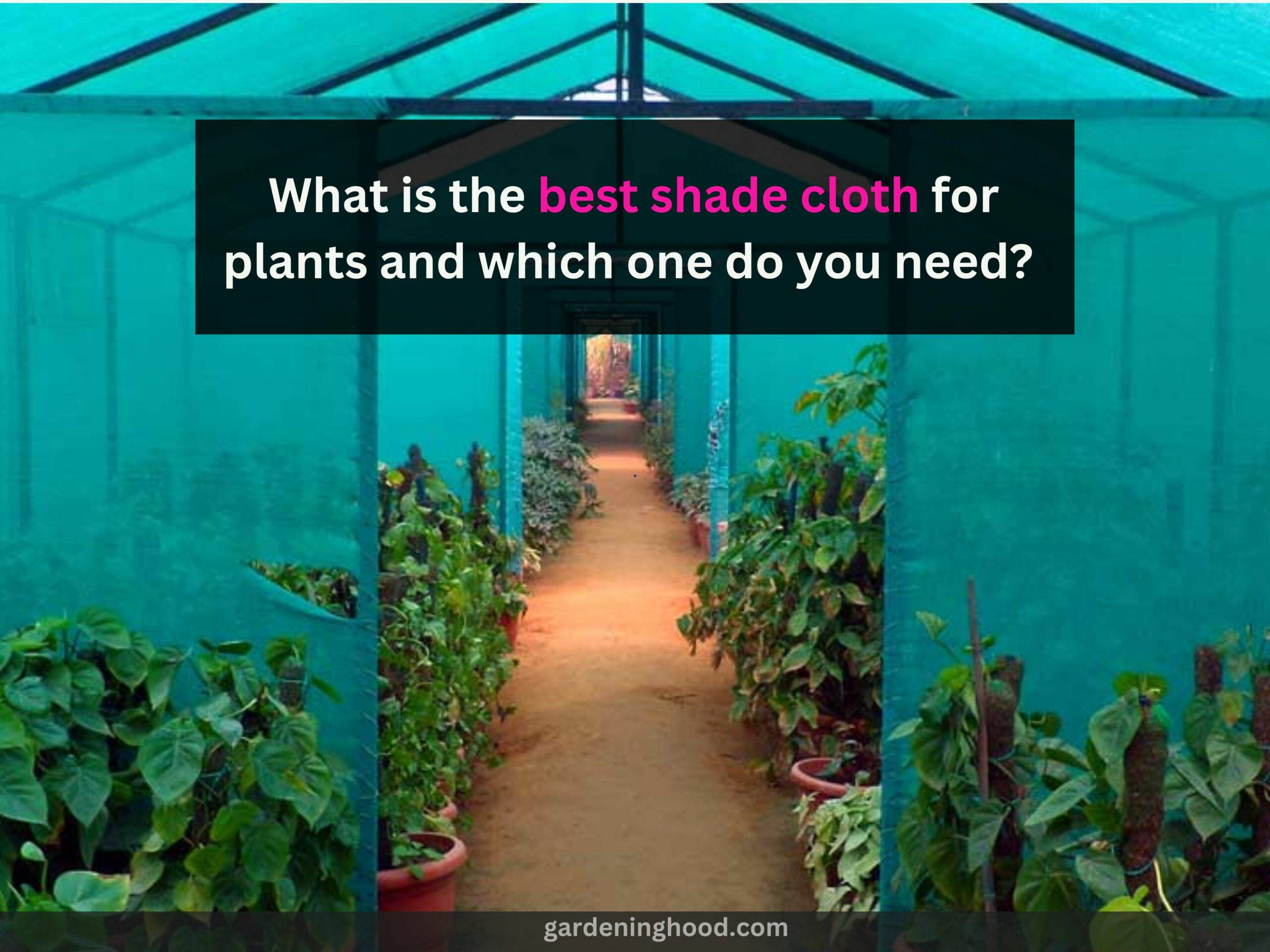Best Vertical Garden Designs – Care, Pros & Cons of Vertical Garden
It was really trending, so I decided to try it at home, but you know what? It’s not as easy as it seems. A lot of hard work, struggle, and time are required for creating a vertical garden. I’m not demotivating you; I’m just preparing you in advance so that you have an idea of what comes with a good design.
To get an idea of vertical gardening, you need to continue reading the article so that you can succeed in this experiment.
Talking less, doing more: in this article, you can learn some of the best Vertical Garden Designs and also a few tips for Care, Pros & Cons of Vertical Garden. What are you waiting for? Let’s begin to learn.
Quick takeaways:
- For a proper verticle garden design, you need to hire professional contractors for the work, and your care plan should be integrated and planned for during the planning stage of your project.
- A vertical gardening system, like any other garden, needs upkeep in continuity. Whether it’s a green wall, a green front, or an independent trellis or pergola, this rule applies.
- Pruning, plant spacing, weeding, trash disposal, assessing plant health, fertilizer application, and other duties are common in any garden.
- A vertical gardening setup will ultimately collapse if it is not properly cared for and maintained. It might become disorderly, unattractive, and even a danger to the safety of others in that area.
Caring For The Vertical Garden
A maintenance plan ensures that any potential issues are addressed as soon as possible! It should also help in preventing difficulties from recurring in the future.
Because each installation is unique, it will have its own set of needs. A standard maintenance plan, on the other hand, is likely to include any or all of the following.

Approximately every six months:
- Maintain climber plants to promote proper development and density.
- Check for symptoms of illness or pests on your plants and treat as needed.
- Use fertilizer to provide plant nutrients.
- Look for any signs of damage caused by the wind (especially important for very tall structures)
Annually:
- Inspect and correct the developments such as pergolas and cables for evidence of deterioration or detachment.
- Irrigation systems should be checked and tested, and drainage should be acceptable.
Approximately every few years:
- Depending on the kind and health of the plants, you may need to replace them.
- Make any necessary repairs to the supporting structure.
Tensile’s stainless-steel products for vertical farming systems are meant to be low-maintenance and long-lasting. This implies that they lessen the amount of upkeep required.
Pros and Cons of Vertical Gardening
If you want to explore a new type of gardening but don’t have a lot of room, you’ve considered creating a vertical garden. While creating a vertical garden is a relatively simple and enjoyable procedure, you may still be curious about the upsides and downsides. As a rookie gardener, I was fascinated about what a vertical garden included, so I conducted some research and hope that my findings may assist you in making your selection.
Advantages:
There are several advantages of constructing vertical gardens that may persuade you to embark on this new endeavor.
Stunning Space Saver
The major point of vertical gardens is to allow you to cultivate your favorite plants in a small space. These gardens are ideal for houses with limited space, such as a balcony or a tiny yard. You may even create gardens within your own house. Furthermore, most vertical gardens are very adaptable. This allows you to arrange the plants in whatever way you like while keeping them out of the way.
Less hectic for your back and knees
One of the disadvantages of a conventional garden is that adequate upkeep takes a lot of bending and squatting. You’re effectively raising the plants at about your level with a vertical garden. You may get up personally and close to your plants, caring for them with care while standing up straight. Vertical gardens are mostly ideal for senior citizens or people with arthritis who are unable to do a lot of heavy lifting or knee bending.
Many people like creating vertical gardens in kitchens, which seem to be particularly attractive when planted with fruits and vegetables. Imagine being able to choose a fully-ripened tomato for your salad directly in your kitchen!

Gardening is possible at any time
If you put up a vertical garden in a safe location, such as within or outside underneath a covered patio, you will be able to spend more time gardening since you will not have to plant in the cold or rain. Furthermore, avoiding bad weather ensures that your plants will not be harmed by a violent storm.
Different Setups and Designs
Choosing a vertical garden over a traditional outdoor garden provides you with additional design alternatives. One may be grown almost anyplace, including your living room, a retaining wall, or even a wooden pallet! The conventional shelf system, hanging plants, stackable planters, and other elements may all be included in your design.
Improve the quality of your indoor air
A vertical garden will not only add beauty to your house, but the vegetation within it may also help to improve air quality. Plants release oxygen in the air by absorbing the toxic Carbon Dioxide, and humans, of course, need oxygen to survive.
For more such plant-related articles, you may also read, What Is a Plant Curtain? How to grow a Living Plant Curtain or Green Curtain
Disadvantages:
Maintenance Extension
One of the most difficult aspects of setting up vertical gardens is that it takes more upkeep than traditional gardening methods. My plants have tipped over multiple times due to severe gusts or because they need more fertilizer than my ordinary plants did not require. Because many, if not all, of the plants, are sheltered from natural rainfall, you may need to water them more frequently, and the limited area necessitates more regular trimming.
Powdery mildew outbreaks can occur in upright gardening indoors if not adequately maintained.
The Amount Of Plant Sizes Available Is Limited
Some plants thrive in vertical gardens, which is both a benefit and a burden, as Adrian Monk puts it. Larger plants will not thrive in vertical gardening since they will grow too huge and too quickly for the setting. Or, even worse, they can fade or dissolve over time, suffocating root development and finally dying.
Gardening In A Vertical Layout Can Be Expensive
Setting up a vertical garden — whether inside or outside, though indoor vertical gardens are more expensive – might be too expensive for some. You may or may not be able to upcycle and recycle items to create the ideal settings for you. In-house gardens, for instance, have high energy expenses, which add to the cost of this effort.
Plants Dry Out Quickly In Most Cases
Your plants will dry out faster than others because they are essentially container garden plants. This facet of gardening might be challenging to deal with. This is partly owing to the absence of rain exposure, but it is also due to the point that the plants do not have additional soil for water collection like those sown in the ground. Changing light levels for indoor growth or increasing humidity levels may help, at least inside, to deal with this.

About the Article
A vertical gardening system, like any other garden, needs continual upkeep. Whether it’s a green wall, a green front, or an independent trellis or pergola, this rule applies. Pruning, weeding, trash disposal, assessing plant health, fertilizer application, and other duties are common in any garden.
A vertical gardening arrangement will ultimately collapse if it is not properly cared for and maintained. It might also become disorderly, unattractive, and even a safety danger for others in the area. In this article, we discussed the best Vertical Garden Designs. We also briefed on how to care as well as the Pros & Cons of a Vertical Garden.


